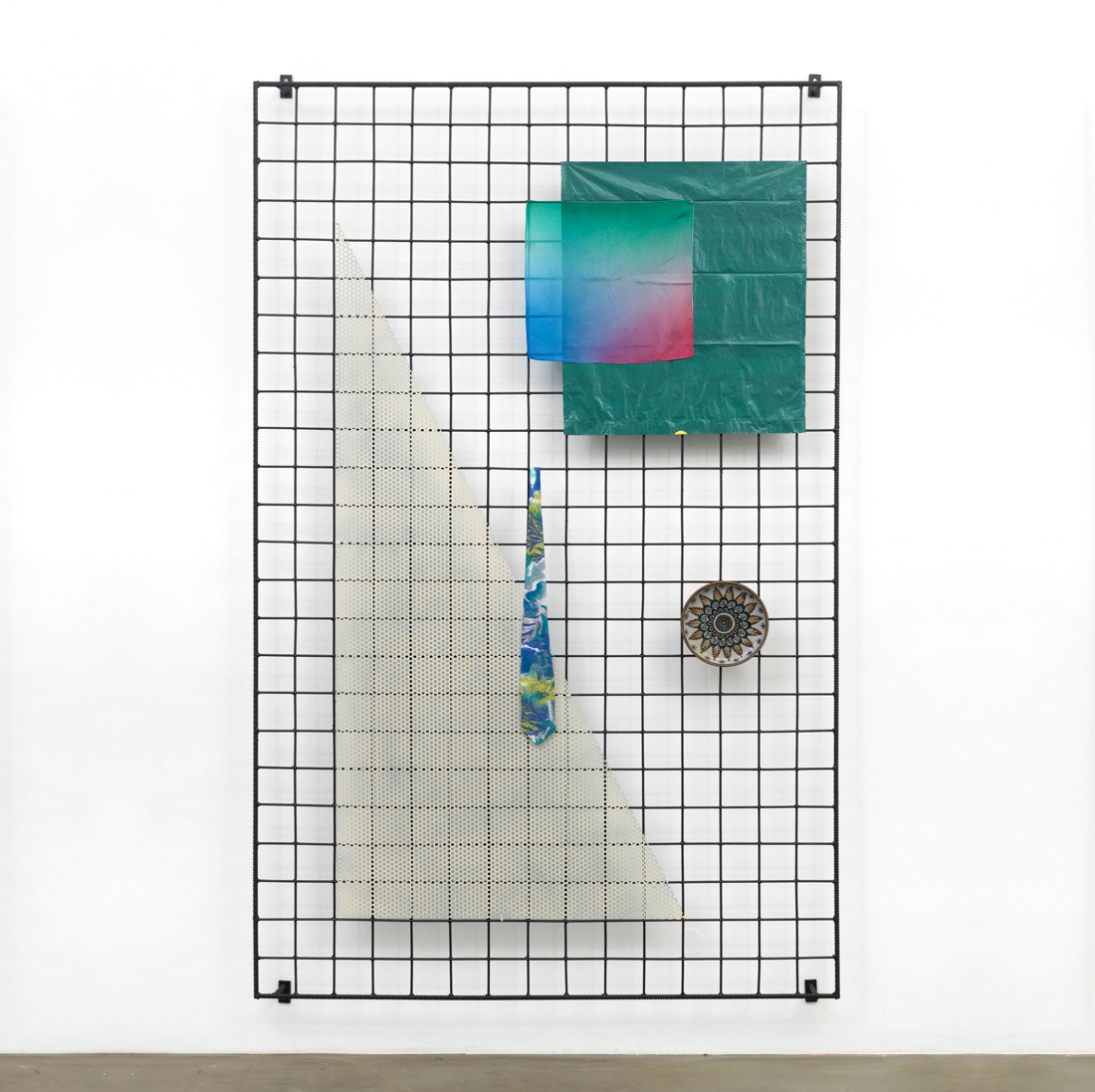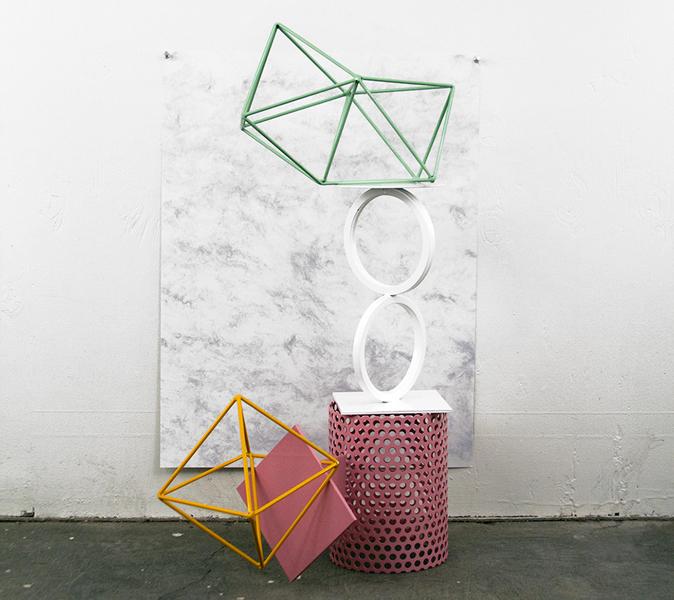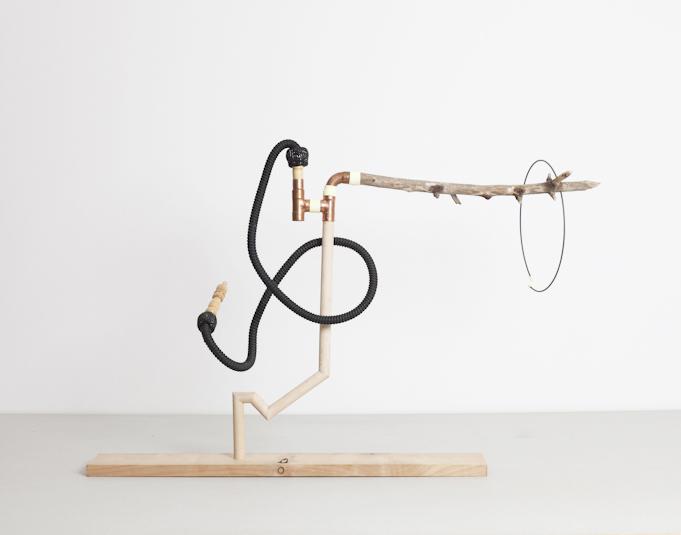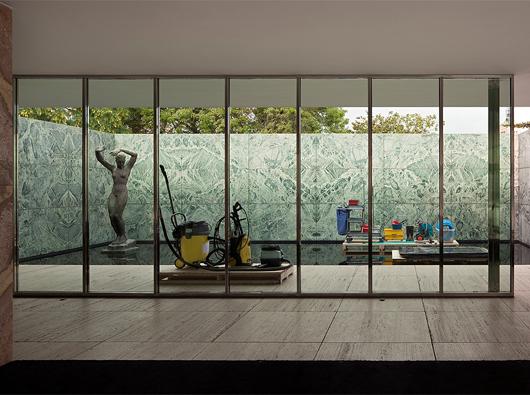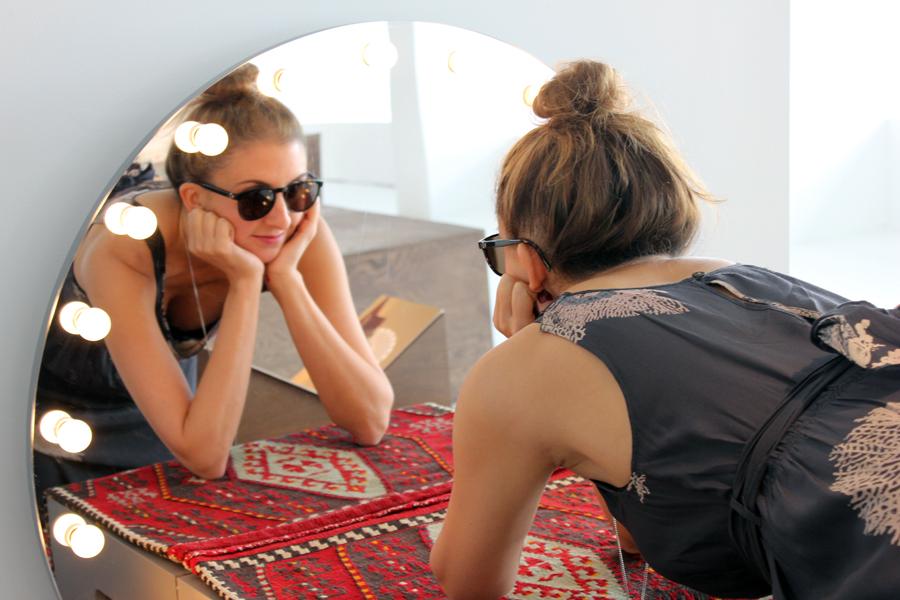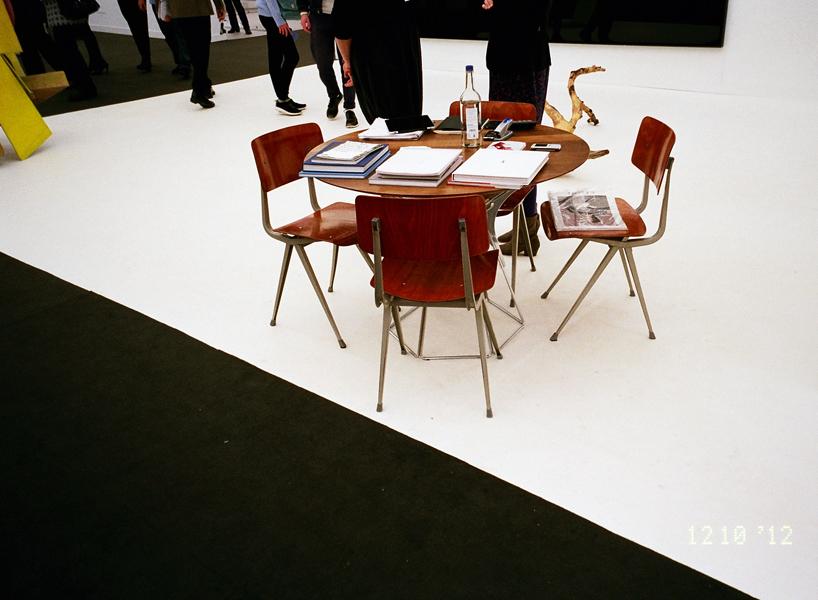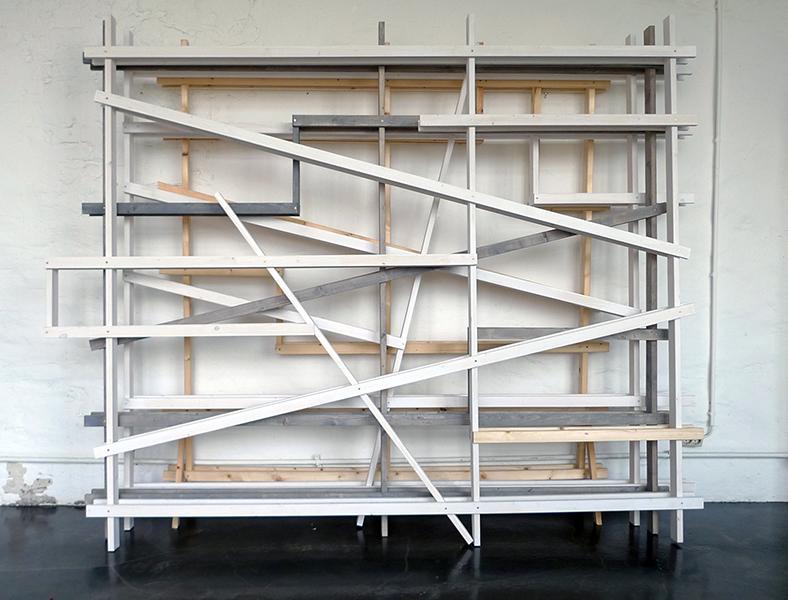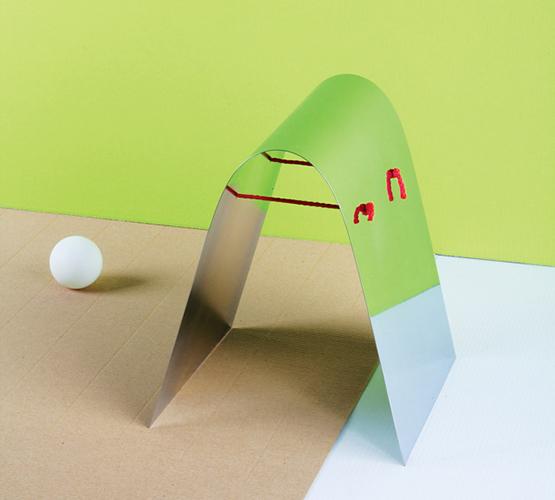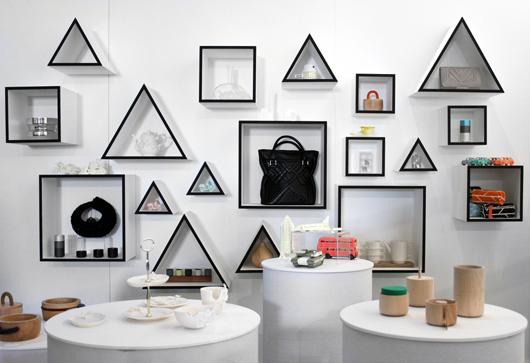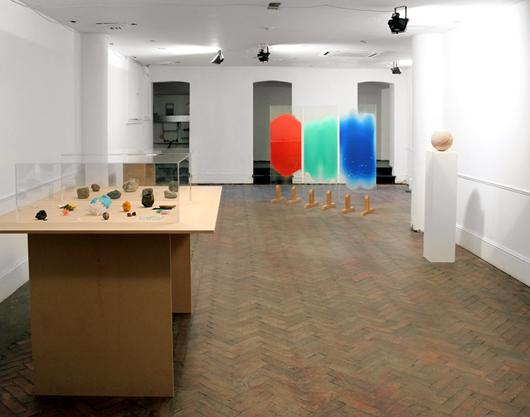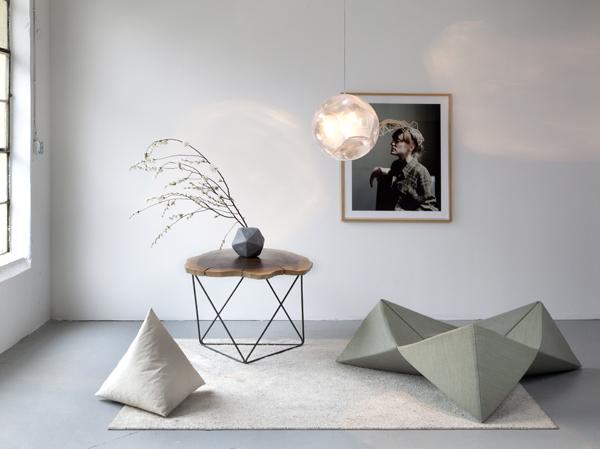
03.12.13
Excerpt: Exhibition
5 Platonic Objects by Christian Wassmann at R 20th Century
Swiss architect Christian Wassmann is quite the chameleon: Not only does he seem to float effortlessly between every important New York fashion party, design talk, and art opening, equally at home in every crowd, his work also spans myriad scenes and disciplines — from the interior of a scrappy East Village radio station, to a massive installation with fashion darlings threeASFOUR at the Arnhem Mode Biennale, to his latest project, a suite of transformable furniture for the high-end Tribeca design gallery R20th Century. While we're not sure how to explain his social gifts, his professional versatility comes down to something we here at Sight Unseen can certainly appreciate: Wassmann's longtime appreciation for geometric forms permeates everything he does, and those shapes by their very nature happen to work just as well on a small scale as they do on a larger one. In honor of his first small-scale effort, we did a little interview with him, which we've posted after the jump.
